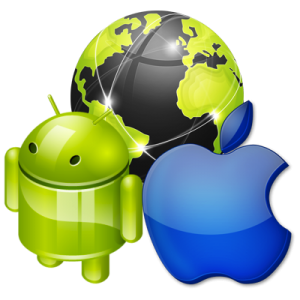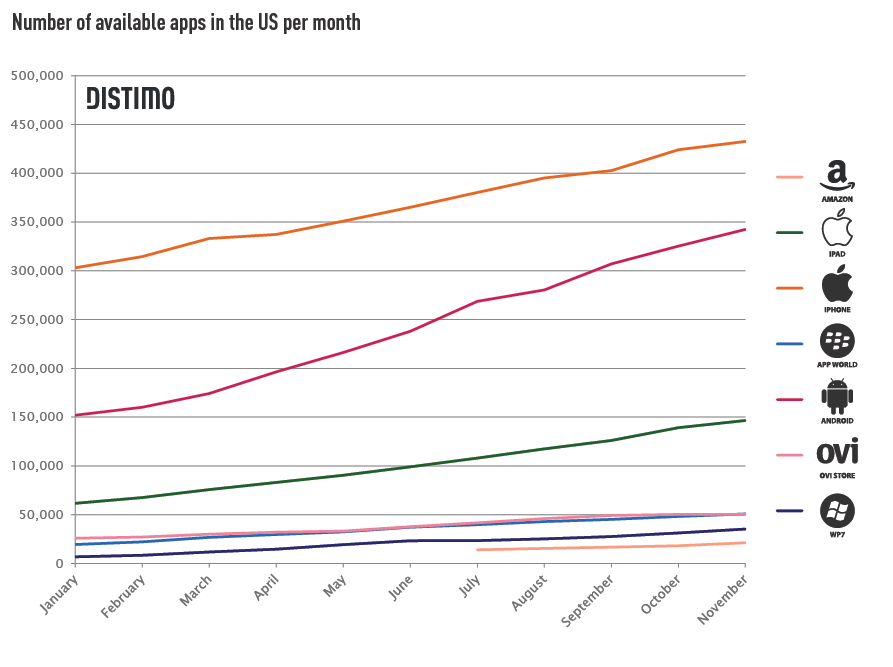One of the biggest things to come out of the smartphone revolution is the rise of the mobile app. Before Apple, Google and the rest all set about creating their own on-device app stores. Users were left to live a life of boring apps that needed installing via a memory stick or, in the case of some smartphone operating systems, the downloading of executables that needed to be installed manually after fighting through a selection of security issues. Windows Mobile, I’m looking at you.
Apple, along with Research in Motion, began to change all that with a little help from Google. Nokia also got in on the act, before Microsoft finally began to get things right with Windows Phone 7. Apps, as we have all learned over the last few years, sell smartphones. Now, they also sell tablets.
This is all a far cry from Apple’s early stance on an ‘app store’ when it released the iPhone along with its little brother, the original iPod touch…
Those who remember those early days may well echo my first experience with iOS, or as it was called back then, iPhone OS. I didn’t want an iPhone back in 2007. Why would I? It was expensive and basically did what my Samsung feature phone did – make calls and let me SMS people. That’s what I did with a mobile phone. That’s all I needed to do.
Then I got wind of the iPod touch and this thing they called jailbreaking. Intrigued, I set about learning as much as I could and eventually stumped up the cash for the original 8GB iPod touch. It didn’t stay stock for long, and soon it was jailbroken and running Cydia. Not long after that, it was clear that Apple needed to get into the app business, and if it did, the iPhone could be the biggest thing since sliced bread.
But there was a problem. Apple didn’t want apps. Then-CEO Steve Jobs proclaimed that web apps were the future, and Mobile Safari would be the gateway. Some believed him, most didn’t.
It wasn’t until a good while later that Apple saw the light and built the App Store. Yes, there were some hiccups, but as I’m told people like to say, the rest is history.
The reason for this little trip down memory lane is a post I saw recently on TechCrunch, in which we are told that there are now one million apps available across a variety of app stores from all kinds of vendors. It’s a mind-boggling stat, and proof that both hardware and software companies have grown to understand just what sells their devices: software.
Not just expensive, paid-for software, either. Developers, according to the stats, seem to understand that the key to getting people to use their apps is to make them affordable, even free. Yes, we will put up with ads if your app is good enough, and if enough people download it developers could even make more money from a free app than from a paid one.
According to Analytics firm Distimo, “half of the revenue of the 200 top grossing apps are now freemium apps in the iPhone App Store,” showing that free does often equal profit. In-app purchases or ads can earn just as much, if not more, than charging a flat rate for an app. It’s the model that web sites have been using for years. Web apps, anyone?
Some people have been rallying against the “appification” of the web ever since Apple took to offering apps on its iPhone, and web sites bought into the project. The truth is, apps have opened up the content generated by web sites, giving new, less tech-savvy users access to things they may never used before. Would Evernote exist as a web-only application? Netflix? Instapaper?
Apps are the next logical step for a worldwide web that is becoming less of a home for text and more of a place where people go to interact, watch, and listen to media. HTML5 may be all well and good, but until it can do everything a “real” app can do, the app stores will continue to rule the roost moving forward.
And that’s just fine by me.

